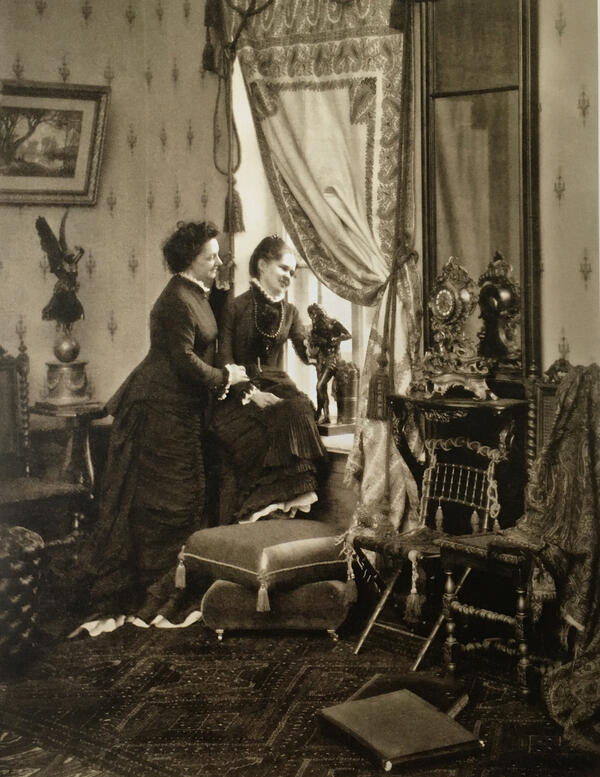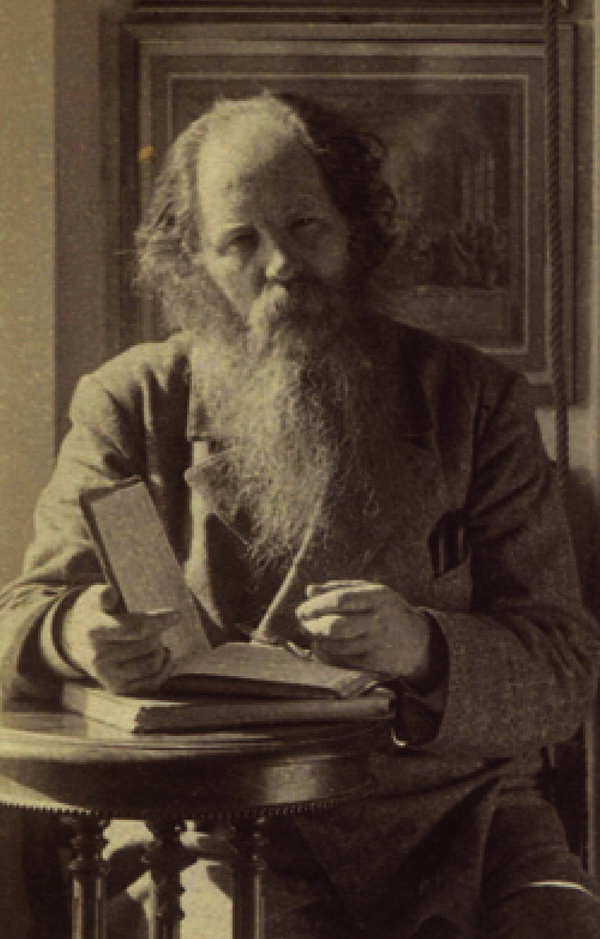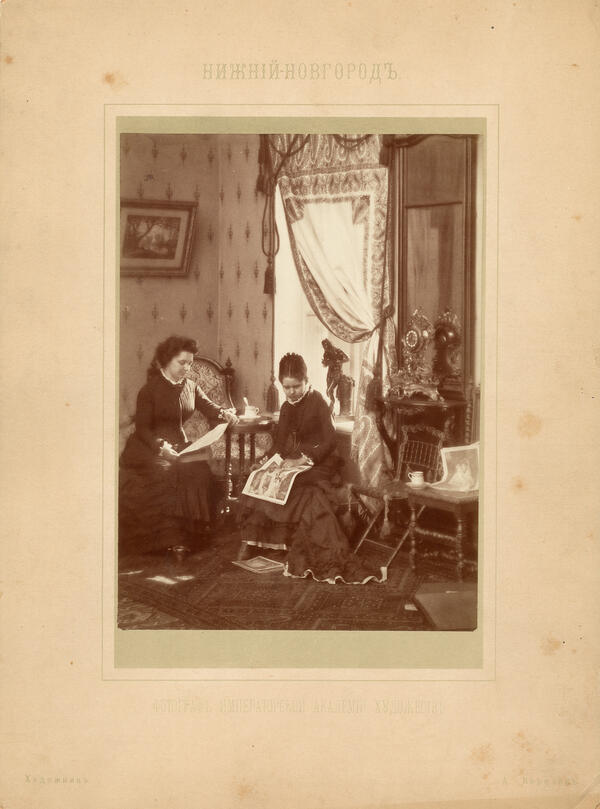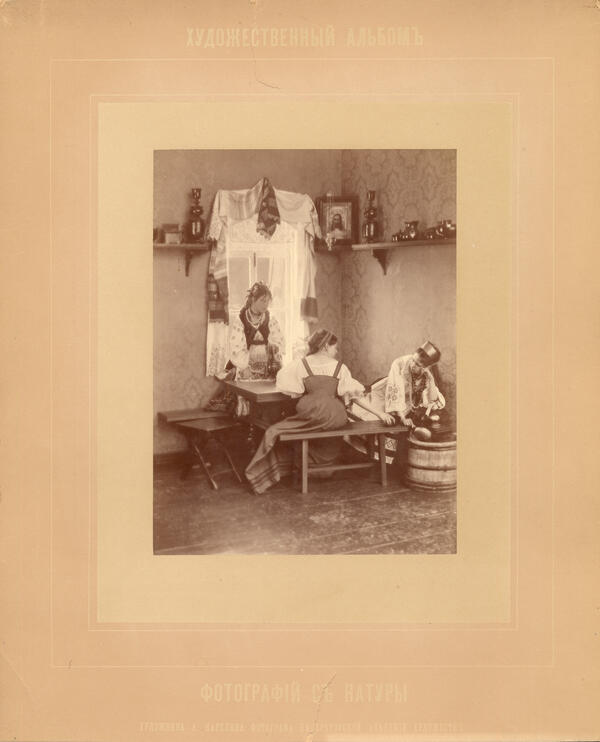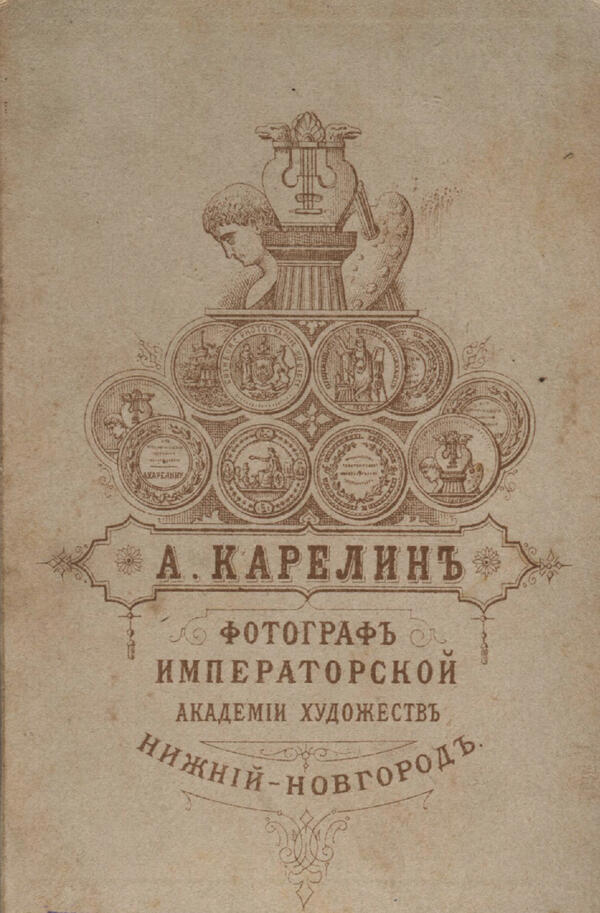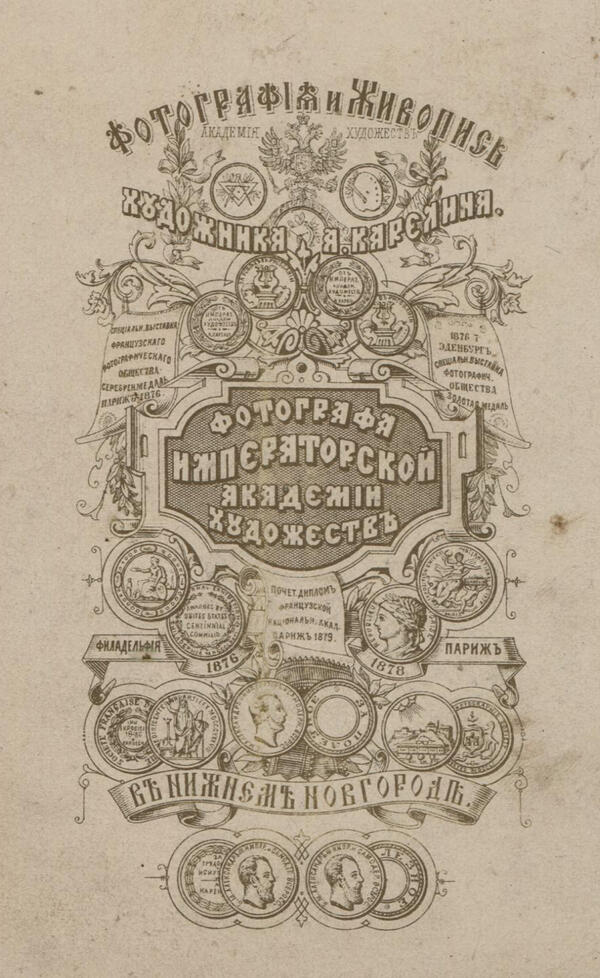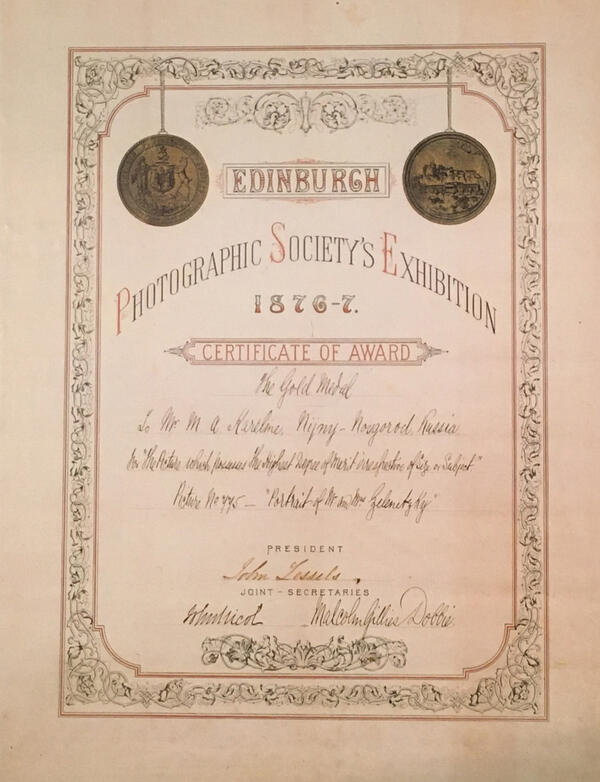Andrew Karelin was born in 1837 in the Tambov province in a peasant family. When he turned 10, Andrewbecame an icon painter’s apprentice. At the age of nineteen he entered the St. Petersburg Academy of Arts and received the title of a free artistin 1864.
Karelin’s interest in the art of photography appeared while he was just a student of the academy at the time of persistentphysics, optics and lighting techniquesstudying. This allowed him to further embody artistic ideas and images through photography.
Karelin’s interest in the art of photography appeared while he was just a student of the academy at the time of persistentphysics, optics and lighting techniquesstudying. This allowed him to further embody artistic ideas and images through photography.
